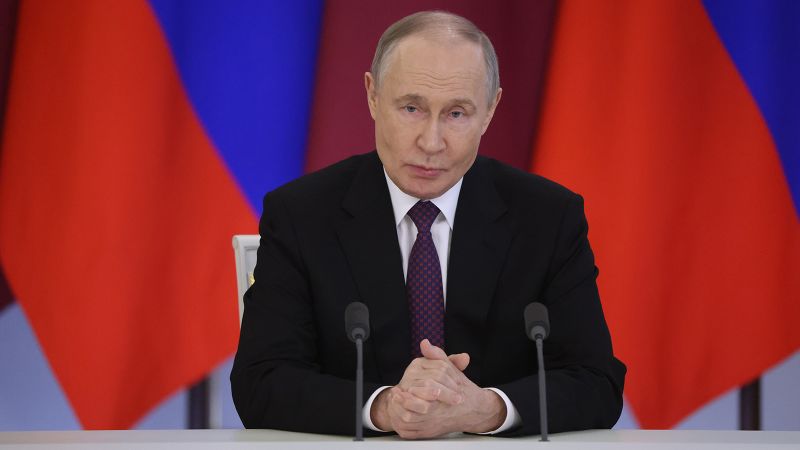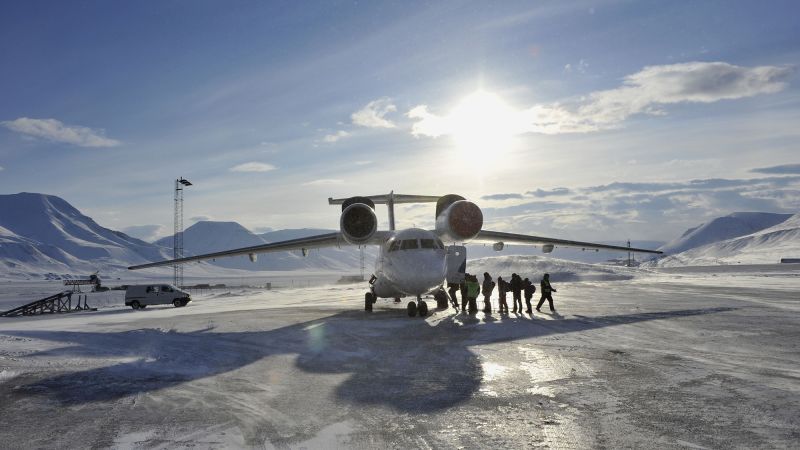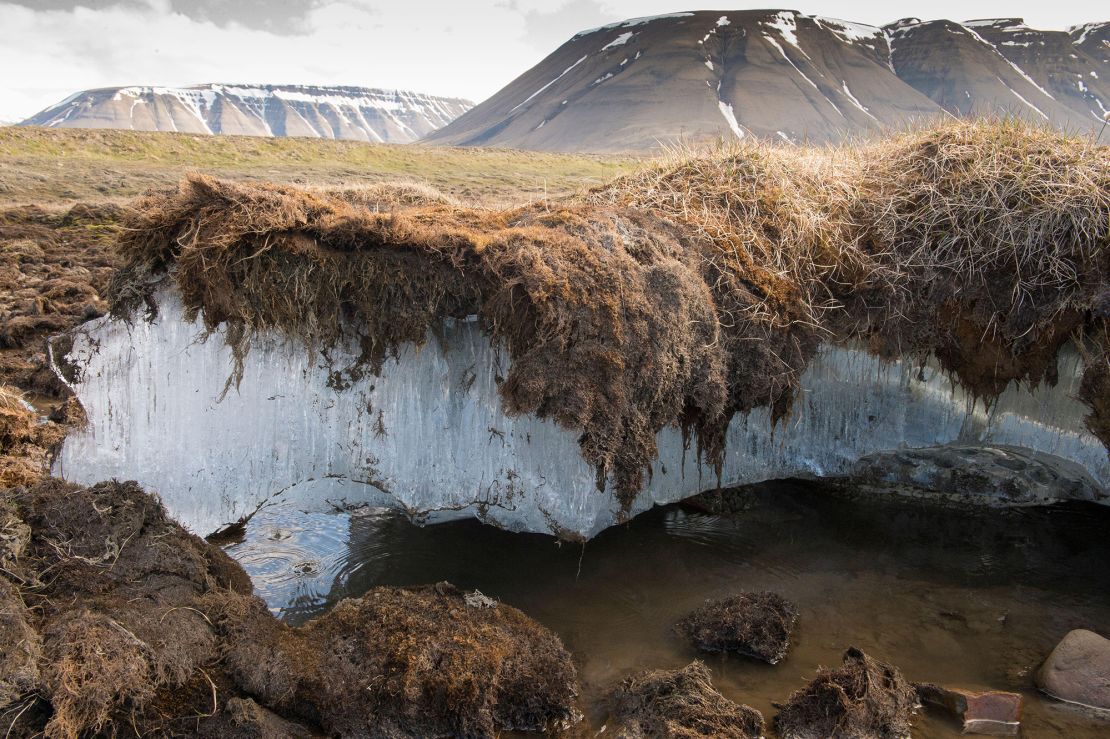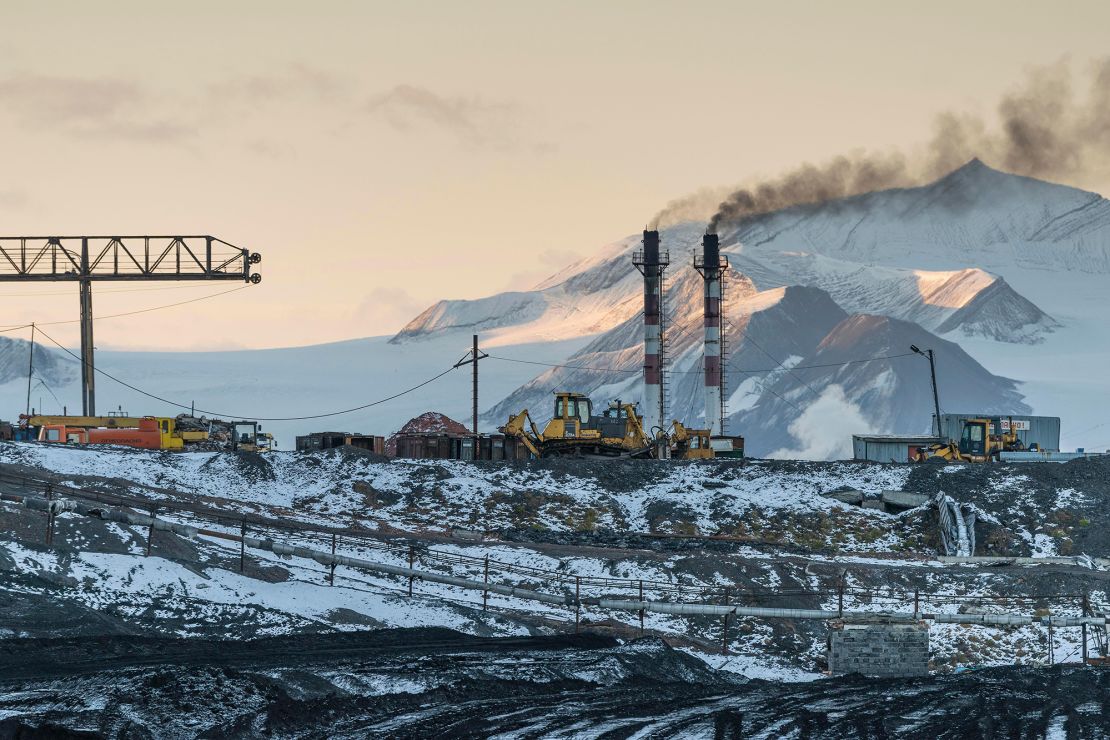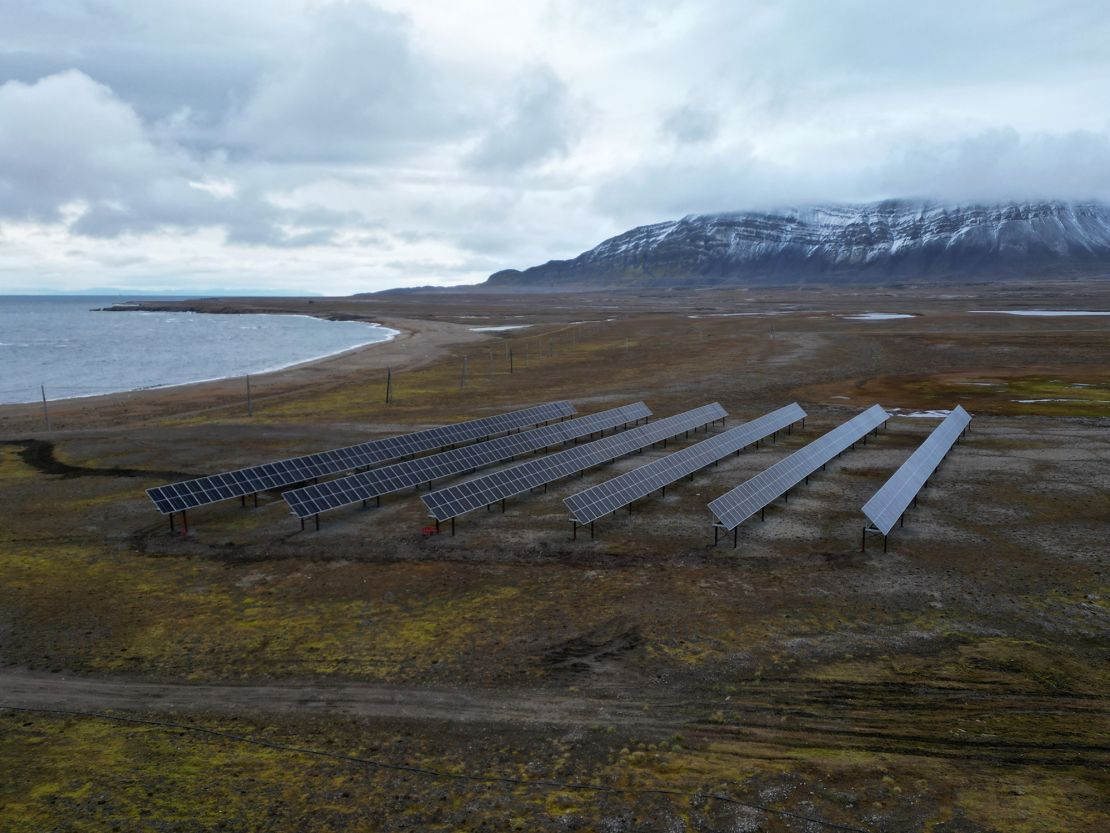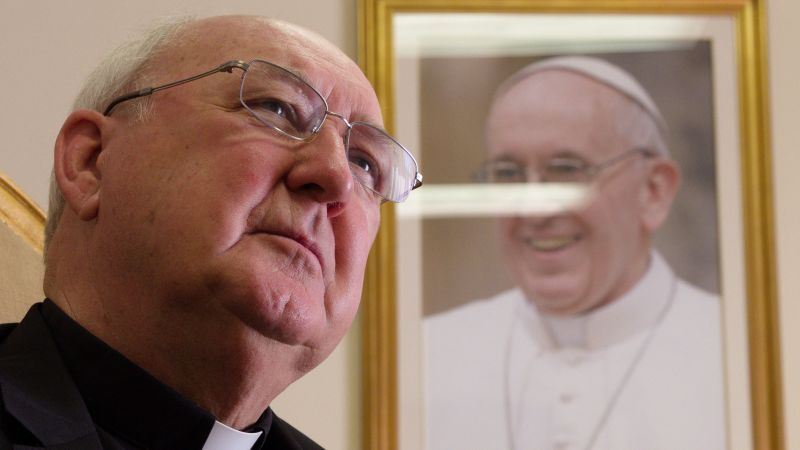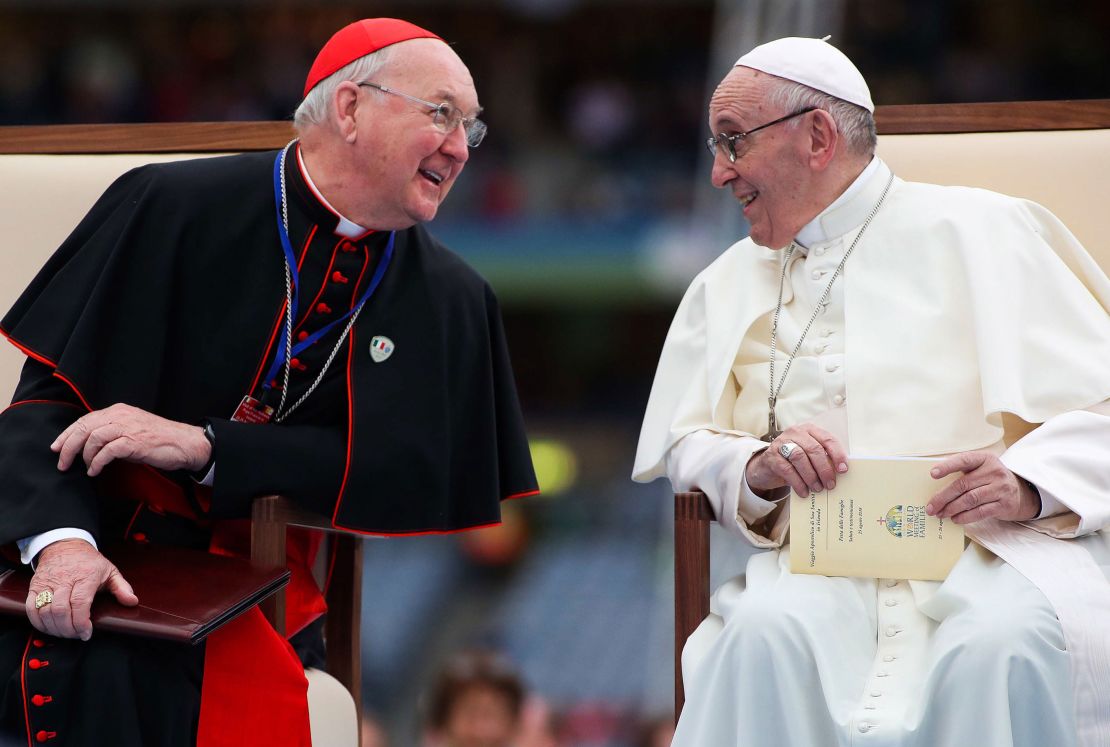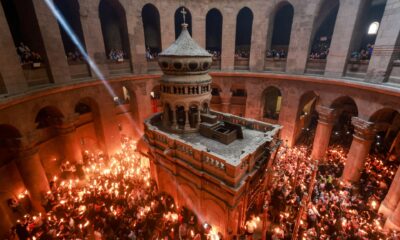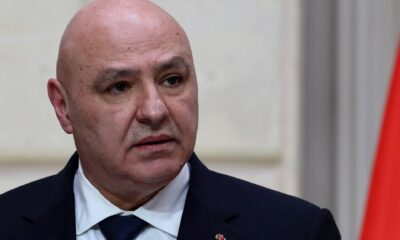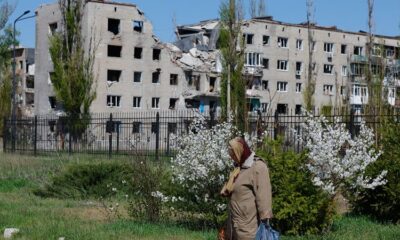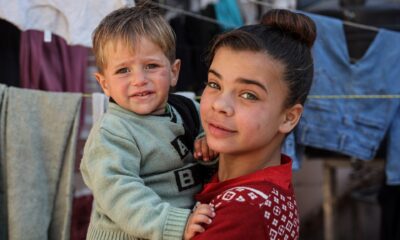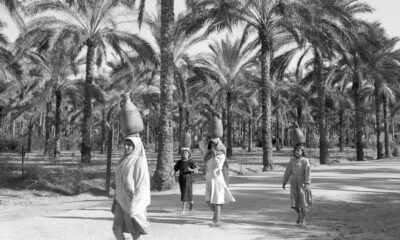CNN
—
Russian President Vladimir Putin said Monday he is open to the possibility of bilateral talks with Ukraine for the first time in years, as pressure from the United States builds on both sides to agree to a quick peace deal.
US, European and Ukrainian officials are set to meet this week in London after Washington warned that it could abandon its efforts on ending the conflict if there were no signs of progress.
Speaking to reporters, Putin said it could be possible to discuss the halting of strikes against civilian infrastructure directly with Kyiv.
“We have a positive attitude towards a ceasefire,” Putin also said, referencing Russia’s decision to implement a surprise 30-hour Easter truce – which both sides accused each other of violating.
“That is why we have always said that we take a positive attitude to any peace initiatives,” Putin said. “We hope that the representatives of the Kyiv regime will feel the same way.”
Ukraine, which called for the extension of the truce before it expired Sunday, has repeatedly accused Russia of deliberately targeting civilians with air and drone strikes, and President Volodymyr Zelensky has called for Moscow to halt such attacks.
Putin acknowledged that recent Russian strikes had hit civilian facilities in Ukraine, but claimed that they were being used for military purposes.
“That’s what we need to look into,” he said. “It’s all a subject to be thoroughly investigated. Maybe bilaterally, as a result of dialogue. We don’t rule that out.”
“So we will analyze all of this and make appropriate decisions for the future,” he said.
Kremlin spokesman Dmitry Peskov confirmed Putin’s remarks to journalists, Reuters reported citing Russia’s Interfax news agency.
“When the president said that it was possible to discuss the issue of not striking civilian targets, including bilaterally, the president had in mind negotiations and discussions with the Ukrainian side,” the news agency quoted Peskov as saying.
Ukraine and Russia have not held direct talks since the early weeks of Moscow’s invasion in 2022.
Last Friday, US Secretary of State Marco Rubio warned that the US could walk away from its efforts to end the Ukrainian conflict within “days” if there were no signs of progress. Trump later confirmed the sentiment, but did not provide a timeline.
Asked what progress he would need to see to continue negotiations, Trump said he would “have to see an enthusiasm to want to end it” from both sides, predicting he would know “soon.”
The remarks came after a broad framework was presented by the US to both sides, Rubio and the State Department have said, to determine whether differences between Kyiv and Moscow can be narrowed.
The proposal would see Washington ready to recognize Russian control of Crimea, which Moscow annexed in 2014, an official familiar with the framework told CNN. The proposal would also put a ceasefire in place along the frontlines of the war, the official said.
There are still pieces of the framework to be filled out and the US plans to work with the Europeans and the Ukrainians during talks this week in London, the person said. The Trump administration is simultaneously planning another meeting between Middle East envoy Steve Witkoff and Russia to get Moscow on board with the framework, the source said.
Moscow has previously stalled on negotiations and rejected an earlier US proposal for a 30-day ceasefire agreed to by Kyiv.
Zelensky has not publicly commented on the latest US proposal. On Tuesday, he said Ukraine will send a delegation to the follow up talks in London.
“Ukraine, the United Kingdom, France, and the United States — we are ready to move forward as constructively as possible… to achieve an unconditional ceasefire, followed by the establishment of a real and lasting peace,” he wrote in a statement on X.
“An unconditional ceasefire must be the first step toward peace,” he said.
Zelensky has expressed willingness to agree to a peace deal with Moscow but said last month that his government would not recognize any occupied territories as Russian, calling that a “red line.”
Trump has declined to say whether he is prepared to walk away completely from the talks or whether the US would support Ukraine militarily if talks fall through.
Kosta Gak and Kylie Atwood contributed reporting

